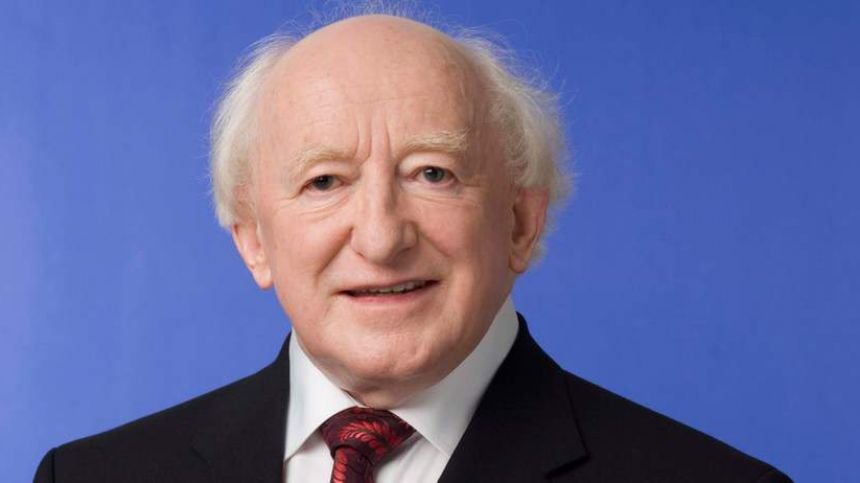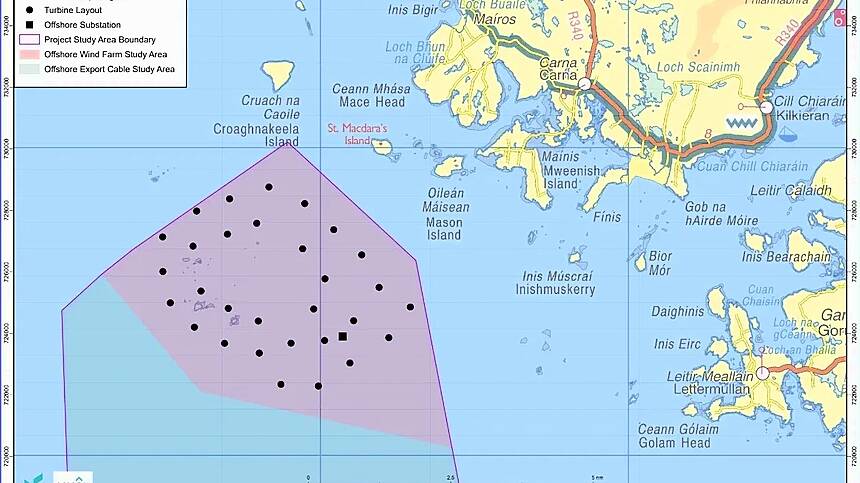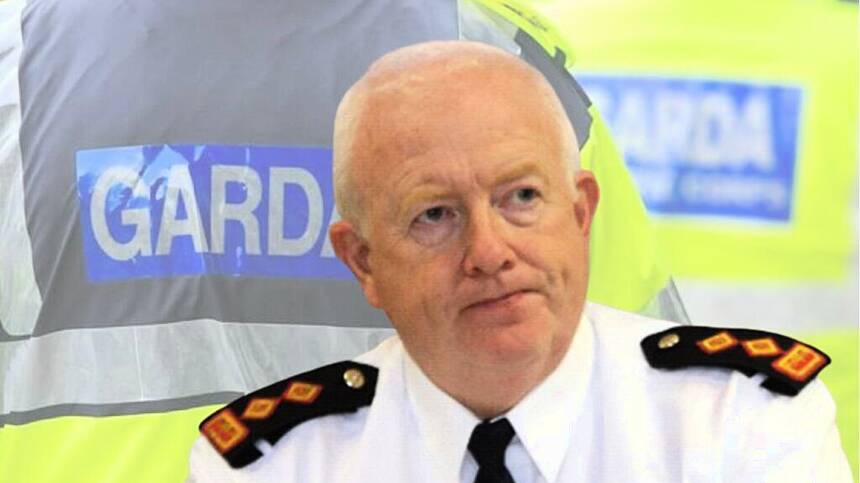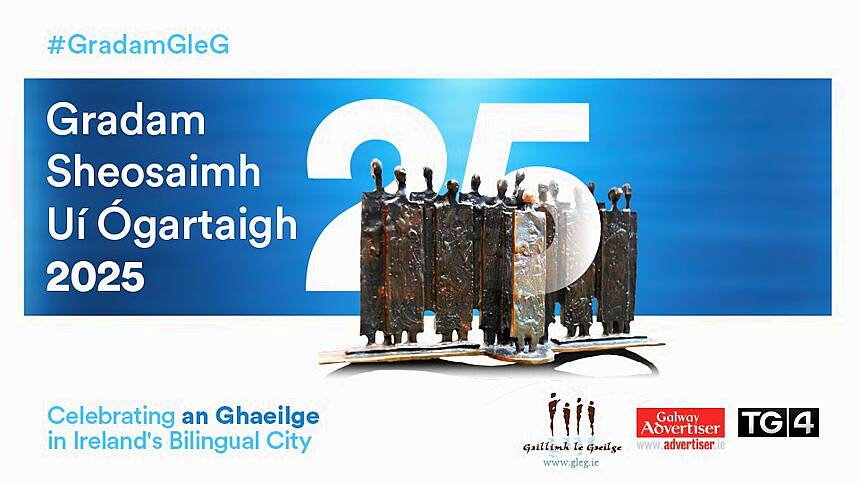Galway Bay FM Newsroom -
Ar an gcéad dul síos is mian liom traoisliú leis na hEalaióntoírí. Tragóideach a bhí ár gCoga Catharga, agus a dtorthaí, ní h’amháin d’íadsa a bhí go díreach i gceist ach a gclainn agus i ndáirire glúnta a bhí le tíocht.
The violence that was waged as part of Ireland’s Civil War in 1922-1923, and its outcome, was an appalling human tragedy for so many Irish families. Its legacies were manifold and harmful, remained so for succeeding generations, leaving the wounds of the war and its exclusions between former comrades, unhealed for decades, a bitter remnant that stained Irish society, prevented social egalitarian and impeded cohesion.
A century on, as part of the important work to which we hopefully give the title, ‘ethical recall’, we are now perhaps in a better position to seek to speak the fullness of the experience of the period, drawing on the existing and new scholarship, doing so with courage and a sense of inclusiveness.
It is important that we recognise that there were complex motivations behind these violent events, and in particular, the use of cruelty, humiliation, and a destruction of property, some part of it deliberate and part of it impulsive.
Far from any lofty motive, inherited from ancient grievance, some of this was new by acquired, and aimed at an aggrandisement, access to status, that was helped by the de-leading and ransacking of houses as well as the pursuit of more land, with the security and status that such offered.
We have long been aware that the Civil War cost the lives of many well-known public figures, other lives lost are perhaps lesser-known but should not be forgotten, nor should the livelihoods destroyed, those driven into poverty or exile be forgotten.
Both sides of the conflict carried out brutal acts: anti-Treaty forces killed a TD and several pro-Treaty politicians, and burned many homes of senators and Free State supporters, while the government executed anti-Treaty prisoners, officially and unofficially.
At least 81 were officially executed in several jails and barracks, including seven in the Curragh on 19th December 1922, all young men in their teens and 20s resulting in an estimated total death toll of 1,500-2,000.
What was known, or had been learned, of torture and humiliation was practiced by both sides. Well-documented mis-treatment of internees on both sides was pervasive and such events would become embedded in the local collective memory of the period.
As part of our remembrance today, we all must recognise the atrocities of the Civil War for what they would mean not only to both sides: cruel, vicious and at times informed by vengeance, but also the role of the fingers of empire that had not allowed independence, and which would continue in provoking Civil War through their demands and impositions.
We have to remember, and it is so important, that there had been a diverse set of shared idealisms as to forms of separation from empire, and also a diverse set of tactical choices, as to how the achievement of a new State should be pursued.
We should also recognise that there were elements within the different forces who were recalcitrant. There were civilian losses which were inflicted in a way that bore little resemblance to what any emancipatory version of nationalism might be.
The cover of the war was employed by some for the settling of local vendettas based on land hunger and greed. In some cases too while not a centrally approved tactic the opportunity was taken for a sectarian identification of targets. While such were usually condemned when reported to military decision headquarters, they had devastating, local and exemplary consequences.
As happens during so many acts of war and aggression, there was a popular adverse reaction against the violence of the Civil War.
One of the greatest omissions in our consideration to date is the very little space that has been granted to those who sought peace, or to end the conflict. Such people were aware of what had been lost, suffered needlessly, when the British Government refused to accept the will of the people as expressed freely and overwhelmingly in the election of 1918. They knew that conscription drew the greatest cost from the poorest and from workers.
Peace efforts continued into the Civil War period - efforts such as those let by Tom Johnson, the United Labour and Trade Union Movement on an all-island basis. Such efforts included the threat of Labour to remove its 17 members from the Dáil in an effort to end militarism.
On 23rd April 1922 the Irish Congress of Trade Unions, led by Thomas Johnson, called a one-day General Strike clearly titled ‘End the Militarism’.
This General Strike resulted in what The Irish Times called the “complete paralysis of all the nerves of industrial, commercial and social life”.
Much more important than any such a description, was that it represented the demand of a weary people who had suffered the 1918 flu, the War of Independence and now a conflict between fellow comrades,
At Parliamentary level the Labour Party was offering the only official opposition to the Provisional Government, while its members worked under death threats from anti-Treaty forces. Labour stood apart from the aggression, arguing that it was time the gun was taken out of politics following four years of brutal conflict, and publicly and in parliament it opposed the extra judicial killings undertaken by the State.
In Cork, as Dr. John Borgonovo has written, the Peoples’ Rights Association with wide support had called for a settlement on four points including a recall of the Dáil which was refused. It spoke against a militarism, which it saw as seeming to make civil society run second to the threat of arms, complaining in one of its manifestos:
“Both forces have sometimes shown that they have learned lessons in arrogance from the British occupation”.
Militarism, including militant nationalism, and its narrow focus can too easily ride roughshod over the rights of workers, a point well known to trade unionists who had called strikes on no less than three occasions over the course of the independence struggle.
Alas, as John Dorney has pointed out, trade unionists and strikers’ efforts for peace, together with their attempts to tackle Ireland’s social ills, were being drowned out by the sound of guns. Later narratives would comprehensively ignore these efforts at achieving peace. There was in heroic commemorating memory a strut to the gun that the peace proposals were seen to lack.
Female republican military activity was highly visible and widely publicised throughout the Civil War, and Cumann na mBan would assume greater military responsibilities than it had during the War of Independence, thereby transgressing gender boundaries and confounding some male republican leaders’ efforts after the war to reclaim their respectability, legitimacy, and masculinity, as John Borgonovo has remarked.
The aftermath of the Civil War led to a 1920s and 1930s which saw many other lives so damaged that recovery was impossible. It included involuntary emigration, or, without land or security enforced poverty at home.
These decades, the embryonic period of the newly independent Irish State, would reveal how fully faded now was the vision for an inclusive, egalitarian state, had it ever existed. Nor would the remaining fingers of empire allow any such egalitarianism tendencies to emerge. ‘Bolshevism’ was the term of abuse, available to be fired at workers at home or abroad, be it from pulpits or conservative politicians who together would now act as gatekeepers to the professions for lay and clerical generations to come.
Social class has until quite recently been an area comprehensively neglected in our historiography. The pervasiveness of class distinction would become a defining feature of the decades that followed the Civil War. Anti-intellectualism was rampant. North-South exchanges were brutal and offensive exchanges of exclusion and sectarianism reinforcing divisions, toxicity, notions of ‘the Other’.
Securing the land, and acquiring more, pursuing the imposed norms respectability even with the repression it brought, protecting property from the lower orders – this is what many saw as the priority and the administration would endorse this feeling through its policies and institutions. Within this, emigrants’ remittances would become for many vital to the achievement of a minimal status.
Egalitarian tendencies – always a weak light within the nationalist movement – would be quelled in favour of a nationalism that would ape so much, take on so much, of Empire’s assumptions, displacing the previous colonial authority with a new but similar version that bore newly shaped versions of more localised authoritarian tendencies. Competing forms of exclusion of the ‘Other’ be it religious, professional, economic, or social, prevailed.
Our past on this island is one that is blemished with lost opportunities for peace, for reconciliation from old exclusionary versions of the ‘Other’. A century on, we now have an opportunity to achieve different inclusive versions of ourselves and others, and to construct a bright, even emancipatory future for all who want to call this island home, with our diverse histories and memories all respectfully taken into account.
Through the sharing of ideas and their consensual implementation – such as those relating to sustaining our planet, delivering a new symmetry of ecology, economy and society, a shared future that offers hope and capacity rather than a ransacking of old hatreds and bitterness – we may work together towards that to which we might all be united: a shared island at peace, one that proudly demonstrates its values of inclusivity, diversity, equality and possibility.
At Áras an Uachtaráin we will be returning to these themes in some more detail. May I take this opportunity to refer to the Machnamh 100 seminar series, an initiative I have undertaken, as President of Ireland, to build on work to date during Ireland’s Decade of Commemorations, examining seminal historical events and inviting reflections on the War of Independence, the Treaty Negotiations, the Civil War and Partition.
Leading scholars from different backgrounds and with an array of perspectives have been sharing their insights on the context on the nature of commemoration itself, on events of that formative period of a century ago, their legacy for the societies and jurisdictions that were to emerge subsequently.
All previous 5 seminars are available to watch on the President.ie website and on the RTÉ Player. May I invite you all to be with us, in whatever way you can, to the final (sixth) Machnamh seminar, which we will record on Thursday November 10th and broadcast on November 17th which will include a keynote address from Professor Declan Kilberd, whose papers is entitled ‘Memory, History and Imagination’ and will be replied to by Prof. Angela Bourke, Fearghal Keane, Dr. Lelia Doolin, and myself. I hope that some of you watching today may be interested in viewing the seminar which will be broadcast on the RTÉ player and the President of Ireland website.
Beir beannacht, is go scaipidh spioraid na síochána orainn uilig agus ar ár gcómharsain ar ár bplanaid fulaingeach.
Go raibh míle maith agaibh.







